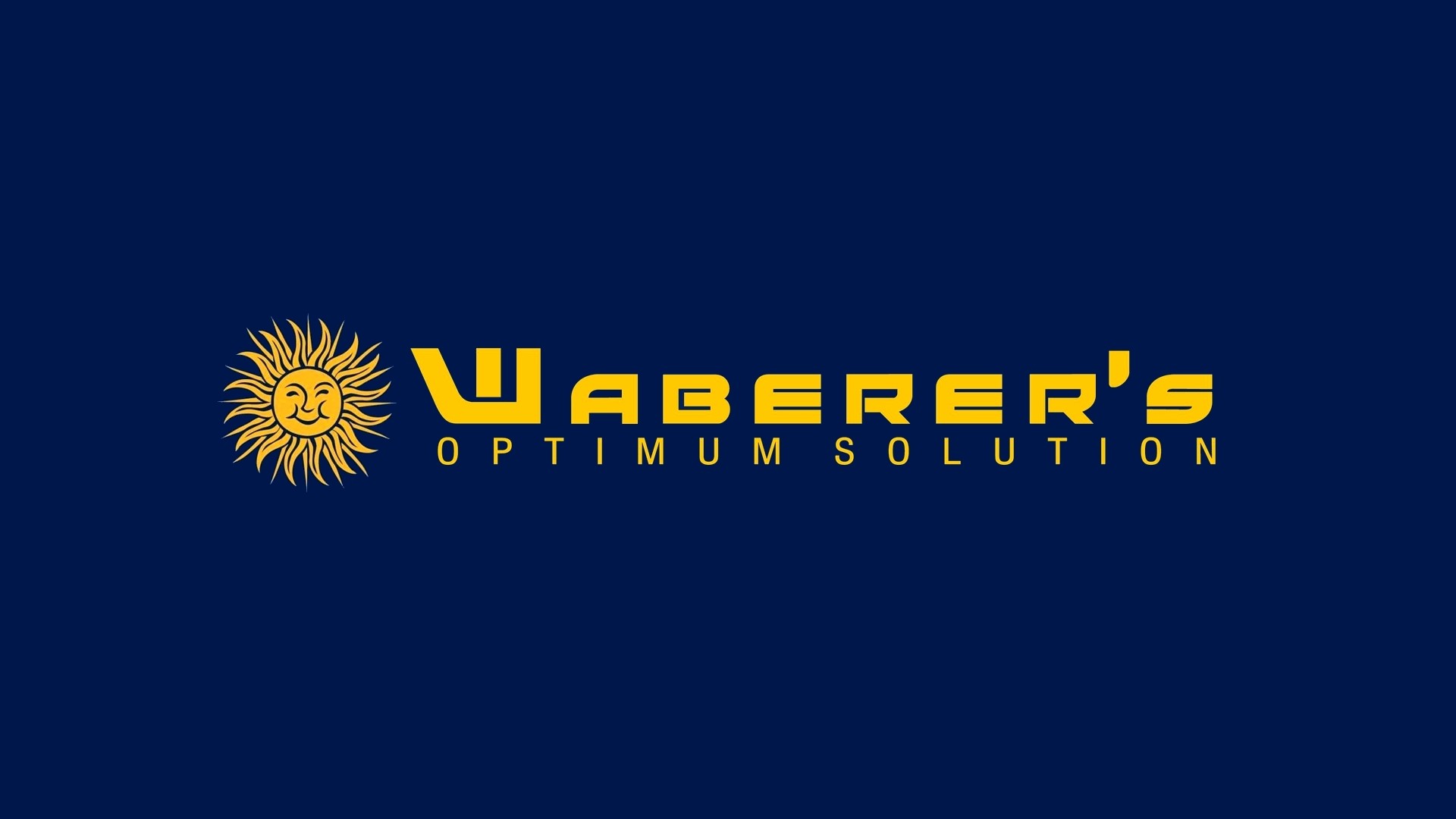How to choose a project calendar
A project calendar is a structured plan for monitoring the progress of work. This way of organising processes helps to increase the overall efficiency of activities by strengthening control over the timing of tasks.
Planning in a calendar helps the manager to manage the team’s time and resources effectively. It gives project participants a clear understanding of deadlines, priorities and workload distribution. This helps to increase productivity and reduce the risk of delays..
Types
The choice of calendar depends on the project goals, task specifics and team characteristics. The most common formats are:
- Task calendar. It focuses on managing specific tasks and deadlines for their completion. This planning format helps to structure the work process, making it more transparent and understandable to all involved. Large tasks can be broken down into several stages, which helps to better meet deadlines.
- Resource calendar. The system analyses the team’s capabilities in terms of personnel, equipment and working time. The manager gets complete information about the current state of resources and can allocate tasks based on this information. This calendar is particularly useful for large projects involving several departments.
- Project schedule calendar. Displays the overall project status, including key milestones and deadlines. It is useful for regularly monitoring progress and making timely schedule adjustments if necessary. Provides transparency and a common understanding of deadlines for all project participants.
- Milestone calendar. Tracks only the key checkpoints and key phases of the project. This format helps to focus on priority tasks and critical deadlines.

Each team has its project management style, and this can be taken into account when customising the calendar. The key is to understand the purpose for which the system is being used. For example, if a team has difficulty meeting deadlines or prioritising tasks, the calendar will be customised to address these specific challenges. A structured work plan helps organise processes by providing clear task assignments and simplifying oversight. As a result, it improves the overall efficiency of the team.
Service overview
The most popular services are Google Calendar and Microsoft Excel. The first option is suitable for teams that are comfortable with collaborative task planning. Google Calendar allows multiple calendars to be created and edited in real time by multiple users.
Microsoft Excel provides templates for creating a calendar, which saves a lot of time. The service also provides a flexible system for editing and adding new tasks.
Both Google and Microsoft services have their advantages and disadvantages. For example, Google Calendar can be cumbersome for a large project with many tasks. However, it offers the fastest possible update of changes across all devices.




















